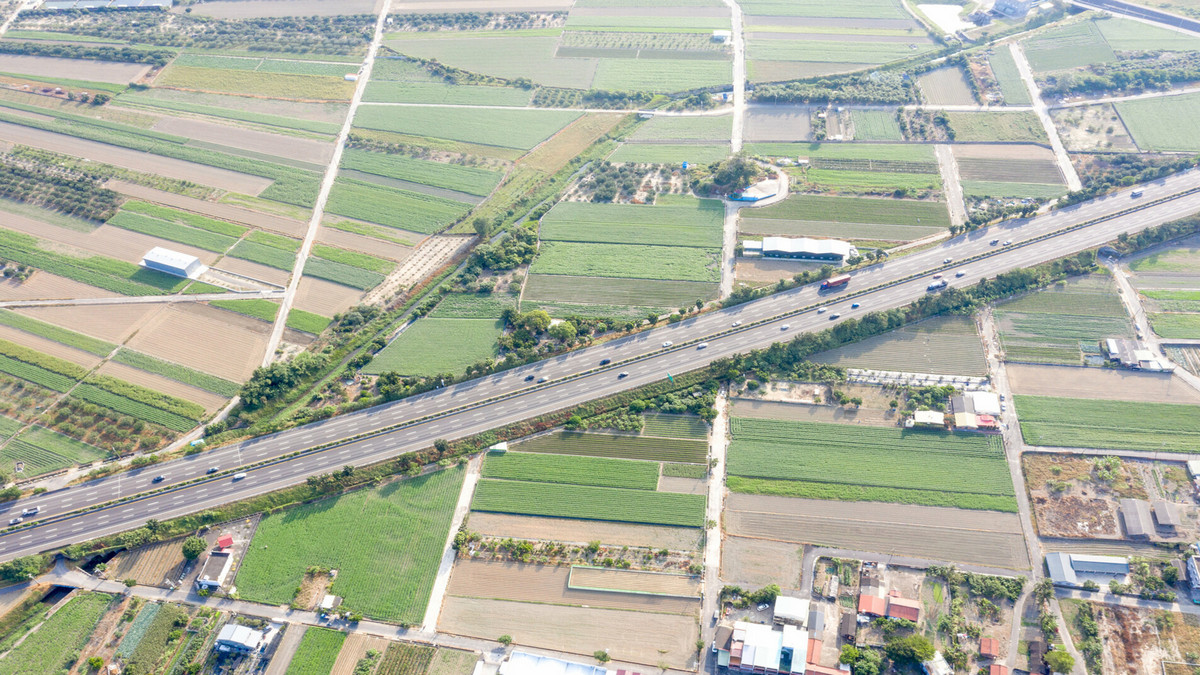How to apply camera drones in the commercial field? What are the key technologies of camera drones? This article discusses the application and technology development trend of camera drones in the commercial applications.
Excellent Performance in Drone Applications
The official name of camera drone is Unmanned Aerial Vehicles (UAV). Camera drone can be said to be a kind of robot that is remotely controlled by humans and is expected to develop into a more autonomous self-driving method. The earliest development of camera drones came from military use, with the purpose of reducing casualties and reducing labor costs. With the advancement of technology and the reduction of component costs, camera drones have begun to be widely used in the consumer entertainment market. With the development of communication and control technology, camera drones are more successfully used in the commercial market, becoming the next wave of explosive business opportunities.
Commercial Drones Are Booming
According to Tractica market research, the global commercial drone market will sell 2.67 million units in 2025, with a revenue of 12.6 billion US dollars. The following introduces several common commercial UAV applications:
- Delivery of goods: Like the application of epidemic prevention, camera drones can assist in the delivery of emergency medical supplies, such as Ziplin, a medical supply company, has used camera drones to deliver medical equipment and blood in Luanda, Africa since 2016, accounting for the country's blood transportation volume so far more than half. In 2016, the e-commerce giant Amazon also used camera drones for home delivery services, delivering fresh food and other commodities that are in demand.
- Aerial photography: Due to the vast air space of camera drones, it can assist in taking pictures of ground images from the air, such as taking pictures of agricultural production conditions, geographical surveys, taking pictures of housing assets, taking pictures of factory areas, etc. For example: SenseFly uses camera drones equipped with computer vision technology to capture infrared images of fields to help farms monitor crops at different growth stages and assess soil conditions.
- Industrial inspection: Camera drones can assist in the inspection of dangerous industrial scenes or areas that are not easy to detect, such as erecting high solar panels, water pipes, bridges, towers, etc. For example: The Flyability start-up company develops a circular drone equipped with computer vision technology, which can help detect dangerous industrial detection areas such as power towers on mountains, under bridges, and underground coal mines.
Commercial Drone Technology Trends
So, what is the basic technical composition of commercial camera drones? What are the development trends? Several important components of commercial drone systems:
- Unmanned aircraft: The unmanned aircraft body includes the drone shell frame, engine, fuel (lithium battery or gasoline, etc.), control system, wings, balance system/camera/radar and other sensors and communication systems. The communication system includes various communication links with navigation systems, ground control stations or drone operators.
- Navigation system: The navigation system provides the positioning of the drone, satellite navigation system (GNSS), communication between navigation systems, weather information, etc.
- Ground control station: The command center provides camera drones mission planning, map routing, mobile communication, image capture and analysis, etc.
- Operator (Human Operator): The operator of the remote-control drones and can handle the emergency immediately and safely.
It can be seen from this that the UAV system is not only the UAV itself, but also includes multi-party coordination and control such as the ground control system, navigation system, and personnel control. Especially when entering the commercial field, special attention must be paid to the control safety and effective detection of camera drones. Of course, with the development of technology, people also expect camera drones to be more deeply used in the commercial field, and to improve efficiency and productivity. McKinsey pointed out five key technologies for short, medium and long-term commercial camera drones:
- Monitoring: The most important aspect of camera drones in the commercial field is monitoring, such as factory safety, industrial inspections, and asset photography. At present, image photography or short-distance detection is mature. Further, long-distance monitoring, image capture and analysis will be further developed. For example: image capture and damage analysis of long-distance power towers on mountains, under bridges, or industrial equipment. For long-distance monitoring, it is necessary to strengthen the control ability of camera drones, the communication of navigation systems, the rapid capture of images, identification and artificial intelligence analysis.
- Operation: Camera drones assist in dangerous, heavy, dirty and other tasks, such as washing windows, spraying pesticides, etc. These parts of the technology are relatively mature, depending on the complexity of the assistance work.
- Entertainment advertising: Camera drones provide entertainment or advertising work, such as festival drone performances or aerial advertising displays.
- Signal transmission: Camera drones help to provide multimedia broadband through the transmission of signals, images or sounds, for example: large-scale gatherings provide wireless base stations to strengthen communication signals, and assist temporary signal enhancement in remote areas.
- Unmanned vehicle: In addition to carrying items, camera drones can further carry people at a lower cost, which will be the long-term development direction in the future.
Future Aspects
Due to the continuous development of technologies such as 5G, computer vision, and edge computing technology, it is becoming more and more feasible for camera drones to be used in the commercial field. For example: 5G technology provides long-distance control, computer vision technology assists in identifying and analyzing surveillance images, edge computing technology assists in fast AI calculations to avoid dangerous obstacles, etc. Camera drones, or Unmanned Aerial Vehicles (UAVs) will penetrate more and more into the commercial field, which deserves our continuous attention and discussion.









.jpg)
.jpg)
.jpg)


.jpg)